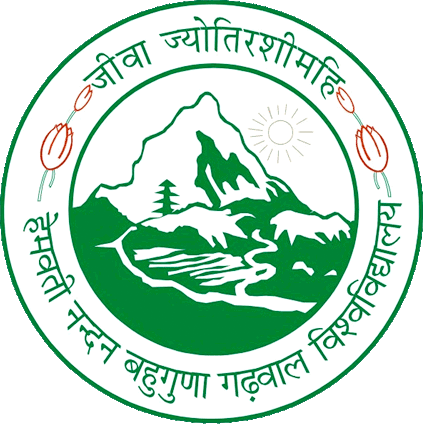Major Identified Areas of Research
E-flows and Ecosystem Services: Additional interests, biogeography of highland aquatic biodiversity in the Indian sub-continent
Conservation Biology: Himalayan Biodiversity, & Ichthyo-Genome Diversity, Aquatic diversity, Faunal Resource Management
Freshwater Biology: Lake, stream and river ecology, productivity & bioenergetics & Habitat Ecology
Community and Population Ecology: Aquatic communities (fish, benthic macroinvertebrates & diatoms)
Fish Ecology & Taxonomy: Molecular Phylogeny, Evolution, Diversity and Population Dynamics of Coldwater Fishes with emphasis on Himalayan Mahseer and Snow Trout
Drosophila Taxonomy & Ecology: Systematics, Molecular Phylogeny, Evolution, Pest and Biodiversity of family Drosophilidae
Reproduction & Developmental Molecular Endocrinology: Reproduction Biology, Developmental molecular endocrinology of fish
Collaborations
- MoU with National Bureau of Fish Genetic Resource (ICAR), Lucknow December 2019
- MoU with Directorate of Coldwater Fisheries (ICAR), Bhimtal – (In process)
- Agreement with Dept. of Biology at the University of Copenhagen and the Greenland Institute of Natural Resources, under International Network Programme (INP) funded by Danish Agency of Science and Higher Education, Ministry of Higher Education and Science, Denmark -2019
- Centre for Eco-hydrology, United Kingdom - River Health Assessment in the Upper Ganga: A scoping study, Unpublished report - CEH Reference NCE06123 ODA 2017
- UNESCO Chair on River Culture (in french: Fleuves et Patrimoines) – Publication http://dx.doi.org/10.1016/j.eco- hyd.2015.12.003
- The Institute of Low Temperature Science, Hokkaido University, Sapporo, Japan
Research Landmarks
- Initiated climate change impact on proglacial freshwater ecosystems functioning.
- Basic concepts in photoperiodism & hormone (thyroid) action challenged.
- First data base on thyroid hormone profiles for management of Goitre & Iodine Deficiency Disorders in Himalaya–a health hazard in mountains.
- A novel approach to study Himalayan biodiversity commenced integrating molecular, phenotypic (morphological, osteological), behavioural & ecological aspects.
- First DNA finger prints of Himalayan fish species, registered with NCBI, USA (in collaboration with CCMB, Hyderabad).
- Role of pheromones in reproductive behaviour and physiology of fish has been evaluated for the first time in Indian Subcontinent. Studies carried out include the isolation, identification, chemistry, release mechanism & mode of action of sex pheromones in fish.
- Successful development of hatchery and stocking facilities for hill stream fishes including the Snow trout (Schizothorax richardsonii) and Himalayan Mahseer (Tor putitora).
- Morpho-histological and histochemical basis of organogenesis from Pre to Post flexing stages in hill stream fishes have been revealed.
- DNA isolation and sequencing of Glyptothorax spp. have been accomplished.
- Strong knowledge base on the fishery biology, ecology and population dynamics, over a period of more than two decades, has been developed to assess the status of the Himalayan mahseer, a threatened fish species, to compliment conservation.
- Based on evaluation of microhabitat characteristics of early life stage (0+Year) of threatened Himalayan Mahseer, habitat suitability for its conservation recommended.
- Inventorization of the aquatic biodiversity of Garhwal Himalaya, organisms of interest being benthic diatoms, benthic macroinvertebrates and fish.
- Community structure, productivity and distribution of macroinvertebrate benthos at watershed and catchment scale in the Himalayan region revealed.
- Study on molecular characterization of benthic macroinvertebrates initiated.
- Pioneering study to determine the ecological (including trophic and saprobic) state of streams and rivers vis-à-vis land use across all major river basins of the Uttarakhand State.
- Developing strategies for sustainable use of mountain fishery resources.


